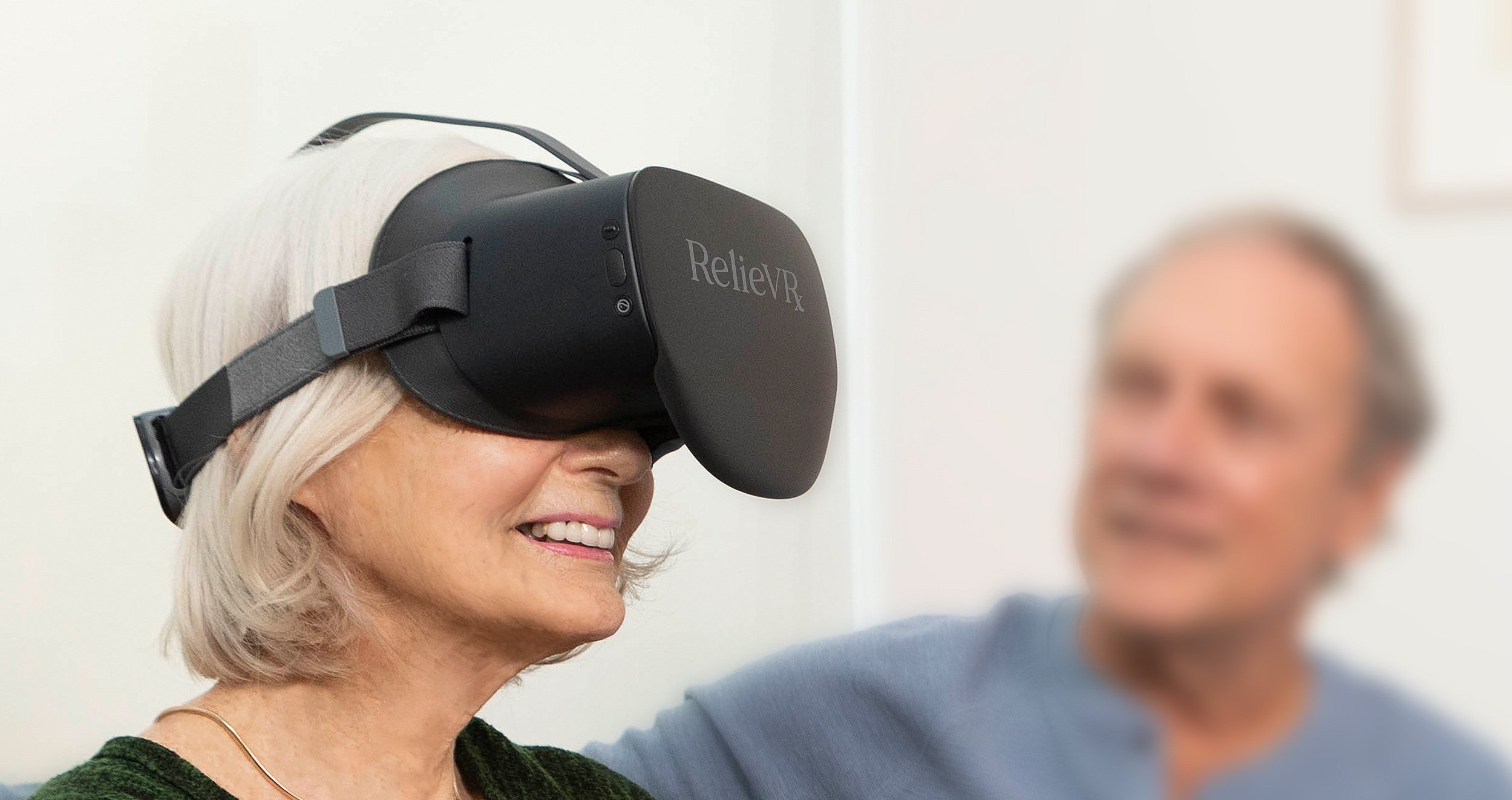What Qualifies Someone as Disabled?
/By Crystal Lindell
There’s a common question in the disability community about what qualifies someone as “disabled.”
My advice to anyone considering this question about themselves is this: People who are not disabled do not sit around contemplating whether or not they are disabled.
So, if you are wondering if your health issues qualify you as disabled: They do.
A lot of Americans have a rigid idea of “disability” based on how it’s often portrayed in popular culture. The idea is that “real” disabled people use something like a wheelchair, a walking cane, or a walker. Those Hollywood props are what qualifies someone as legitimately disabled.
But in real life, that’s not true. Disability is often gradual, slowly chipping away at our abilities – but taking them away nonetheless. Which means it can be hard to know when we’ve crossed the threshold into fully disabled. And we may arrive there without so much as a walking cane.
In truth, it took me years to fully grasp this about my own diminishing health.
My pain often makes it so that I cannot leave the house, even with pain medication. Grocery shopping trips leave me exhausted, assuming I even have the energy to push through that day’s pain to navigate the store in the first place. I am on daily medications, I put off showers because they are too difficult for me to handle, and I often cancel plans last minute when my body decides to be uncooperative.
Yet despite all of that, I still did not know if I should consider myself "disabled."
Over time though, I have come to realize that my health problems impact so many aspects of my life, that of course I am disabled.
After we decide to take on the label of “disabled” for ourselves, we often meet the next hurdle: pushback from loved ones and strangers who bristle at the distinction.
There’s also a common sentiment among patients with chronic illness where they think if they meet some imaginary threshold of disabled, then finally people will start to accept their limitations and maybe even show some sympathy. Unfortunately, that is often not the case.
When it comes to health issues, you will never find validation from others. There is no level of mobility aids or level of diagnosis you can get where people who’ve dismissed your health issues in the past will suddenly start to accept them.
That’s in large part because when people interact with a disabled person, it requires them to contemplate the fact that their own body could eventually fail them one day.
Some people choose to hold space for that realization in themselves and then express empathy. But others try to reject it, choosing instead to accuse the disabled person of being overdramatic. That’s because they don’t want to consider just how vulnerable our human bodies really are.
I’ve heard people dismiss diagnosed cancer patients as “hypochondriacs” for complaining about their symptoms. I’ve seen people claim that POTS is not a real disability, despite the fact that it’s often debilitating and life-altering. And I’ve heard people tell loved ones not to use a wheelchair when they need it, because it might make them “give up.” As though we are ever allowed to give up in our bodies.
Personally, I think of the time I sprained my ankle back in high school. At the time I was working at Walmart, and I went into work despite the severe pain, swelling and bruising on my ankle. Unable to put any weight on it, I used one of the store’s electric mobility scooters to get around the store during my shift.
A co-worker felt the need to come right up to me and tell me that I shouldn’t be using it because I should be saving the scooters for people who “really” need them. Apparently being unable to walk did not qualify me.
My advice here is that other’s opinions of your body are irrelevant. They don’t know what it’s like to live with your symptoms, so it doesn’t matter if they accept the label of disabled for you or not. All that matters is that you accept whatever you label you decide to use.
And, like I said, if you’re wondering if you are “disabled” you probably are. And that’s okay. Now that you’ve named it, you can get on with the noble work of finding new ways to live with it.



















